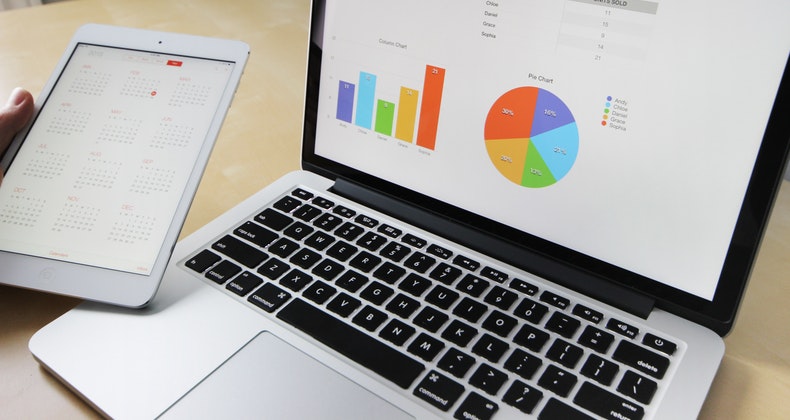Wide range of data sources make it difficult to comprehend data and analyze them effectively. As a result, the insights need to be communicated with the stakeholders. Data visualization is a great method to understand the data easily. Besides, the patterns and trends can be represented using graphs, charts, and interactive dashboards. And it is important to follow the best practices to tell your data story. Here are 5 tips to achieve perfect data visualization that narrates gleaming insights.
1) Know your audience
It is essential to learn your audience and know their experience levels. There are different types of audience according to the industry, profession, and decision-making authority. Accordingly, your visualizations need to address the questions in their minds. And they should be centered towards the issues the audience face. Besides, you should know the answers that your visualizations would carry. And you should analyze how easily would the audience grasp them.
Not everyone sees a piece of information in the same way. Different individuals understand data dashboards differently. So, it is necessary to answer all the questions of your specific audience.
2) Categorize your data
Know your data and learn how to visualize them with the appropriate visualizations. Specific visualization can represent specific data types in the best way. Line diagram and line graphs are apt for ordinal information, but they may not fit for non-ordinal data. Likewise, scatter plots are suited for 2-dimensional quantitative data. The data types include:
- Categorical Data – Data belonging to a specific category
- Ordinal Data – Logical sequence data
- Quantitative Data
3) Ensure visual salience
Visual salience is an important aspect for data visualizations. You can reach the minds of your audience by making outstanding visualizations. In the first place, it is necessary to highlight the important details. At the same time, some complex details need not be highlighted. This can help the viewers to easily understand the visualization.
The important variables in a data visualization are color and size. The usage of correct colors helps the visualization to show the important aspects. For example, warm colors can be applied to highlight the significant points, while cool colors can be used for less important facts.
4) Know your dashboards
There are three types of dashboards, namely, analytical, executive/strategic, and operational. Knowing the dashboard usage and keeping it as simple as possible is an important aspect. A data visualization dashboard should always consist of optimal amount of data, otherwise it would result in low-quality visualizations.
Below are the three types of data visualization dashboards
- Analytical Dashboards: Offers a highly interactive view. Additionally, there are different approaches to a topic with limited contextual views.
- Executive Dashboards: Provides a high-level view of the question line and the KPIs with minimal interactions.
- Operational Dashboards: Helps to monitor business processes that varies to track the current metrics and KPIs.
5) Develop prototypes and achieve a perfect data visualization
Normally you need to wait for the data before starting to build the data visualization. Instead, you can gather the first set of data, and start designing prototypes and concept proofs. Next, you should get feedback from different persons and edit the visualizations accordingly. This way you can achieve a perfect data visualization soon.
It is important to leverage data and know the insights. In the first place, data visualizations have always helped out to spot the trends. Check out our data visualization services and see how you can understand your data better. Request a FREE demo today.

